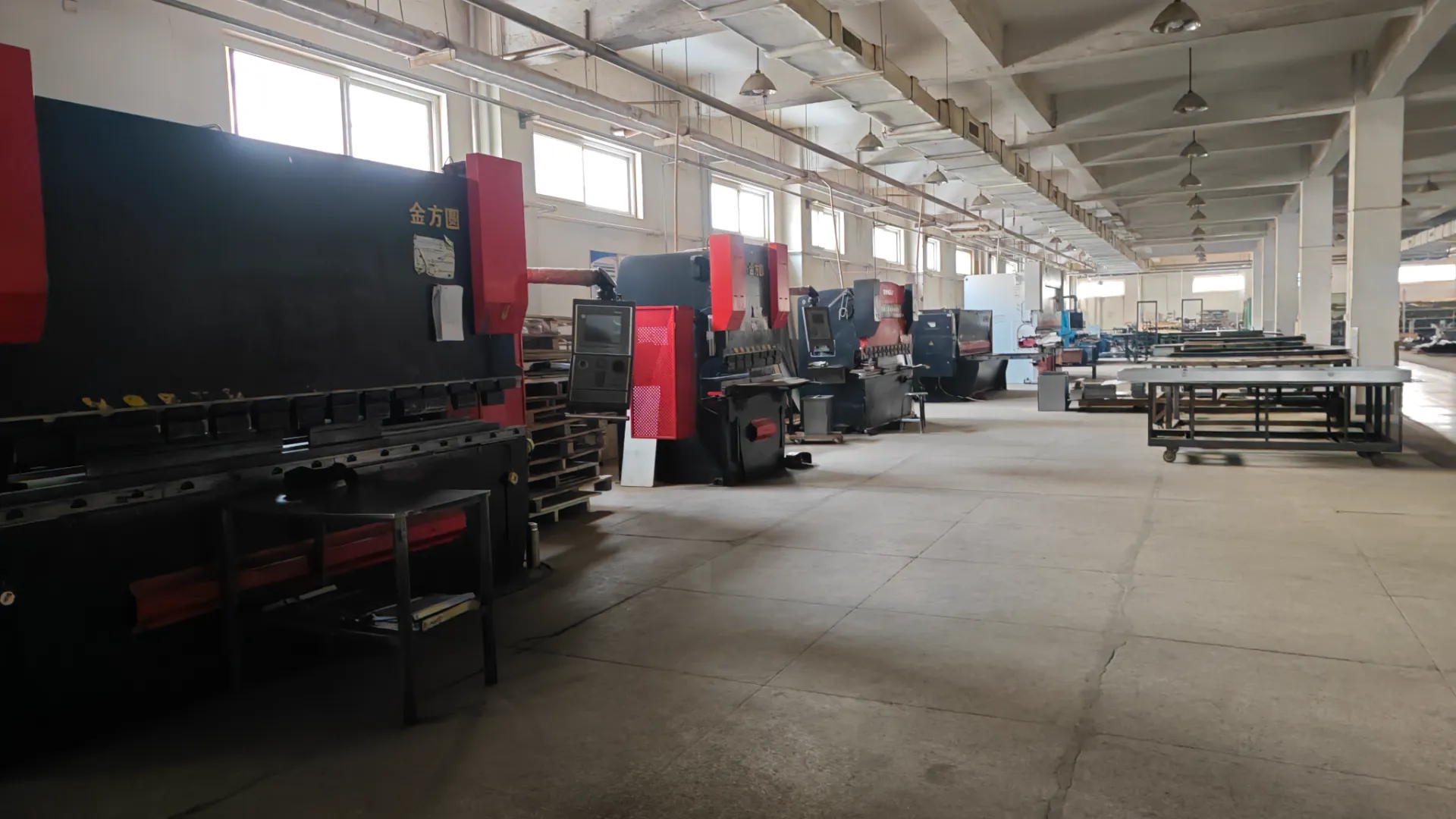ನವೆಂ . 28, 2024 07:40 Back to list
Creative Display Ideas for Bike Shops to Enhance Customer Experience
Creating an Inviting Bike Shop Display
In the world of retail, first impressions are crucial, particularly in a niche market like bicycle sales. A well-designed bike shop display can significantly impact customer engagement and drive sales. To create an inviting and effective display that attracts cycling enthusiasts and newcomers alike, shop owners should consider several key elements layout, visual appeal, product arrangement, and customer experience.
Layout and Flow
The layout of a bike shop should encourage exploration while guiding customers through the space. A well-structured layout can help create a natural flow, making it easy for customers to navigate the store and discover products. Consider using zones to differentiate between various types of bikes (road, mountain, hybrid) and related accessories (helmets, apparel, maintenance tools). This segmentation not only enhances the shopping experience but also helps customers find what they need quickly.
Utilizing a circular or racetrack layout can also promote movement around the shop, ensuring that customers see different displays and product types. Adding comfortable seating areas can encourage lingering and discussion, providing an opportunity for staff to engage with customers and share their knowledge.
Visual Appeal
A visually striking display can create an emotional connection with customers, enhancing their overall experience in the shop. Utilizing color schemes that reflect the excitement of cycling, such as bold reds, bright yellows, or calming blues can set the tone for the environment. Incorporating natural elements, such as wooden displays or plants, can help make the space feel more welcoming and connected to the outdoors, which is integral to biking culture.
Effective signage is also essential. Clear, attractive signs that categorize different bike types and accessories can streamline the shopping process and guide customers through various sections. Informative signage that highlights features or benefits of specific bikes can also educate customers and support their purchasing decisions.
bike shop display

Product Arrangement
The arrangement of products plays a significant role in the effectiveness of a bike shop display. Bikes should be positioned at varying heights to create visual interest and allow customers to see the full range of options available. Utilizing wall-mounted displays, bike racks, and stands to showcase bikes at eye level can draw customers in and encourage them to explore.
Accessories should be displayed prominently alongside bikes. Grouping complementary items (like helmets with mountain bikes or lights with road bikes) can encourage customers to make bundled purchases. Ensure that high-demand items are easily accessible while creating a ‘wow’ factor with high-end or unique bicycles in prime locations to draw customers in.
Customer Experience
Creating a positive customer experience is the heart of a successful bike shop display. Staff should be trained to provide knowledgeable assistance and encourage a welcoming atmosphere. Hosting events or workshops – such as bike maintenance classes or group rides – can foster a sense of community and make the shop a hub for local cyclists.
Interactive displays can also enhance the customer experience. Offering test rides or providing space for customers to customize their bikes can lead to increased satisfaction and higher sales. Consider using virtual reality to allow customers to explore different biking trails or environments, making their experience more immersive and memorable.
Conclusion
In conclusion, the design of a bike shop display is more than just aesthetics; it's about creating an engaging environment that attracts and retains customers. By thoughtfully considering the layout, visual appeal, product arrangement, and overall customer experience, bike shop owners can create a space that resonates with cycling enthusiasts. A well-executed display not only showcases the excitement of biking but also fosters a sense of community and belonging among customers. Ultimately, a successful bike shop display can lead to increased sales, customer loyalty, and a vibrant cycling culture. Whether a small local shop or a larger retailer, investing in display strategies can yield significant returns in both customer satisfaction and business success.
-
The Impact of Display Racks on Promoting Sustainable Product Consumption
NewsMay.14,2025
-
The Display Table Is A Catalyst For Sustainable Consumer Engagement
NewsMay.14,2025
-
Sustainable Modern Retail Store Fixtures
NewsMay.14,2025
-
Store Design Innovations for Enhanced Customer Experience and Sales
NewsMay.14,2025
-
How Shoe Shop Displays Influence Sustainable Footwear Choices
NewsMay.14,2025
-
How Display Counter Aids in Efficient Resource Management in Communities
NewsMay.14,2025


















































































































